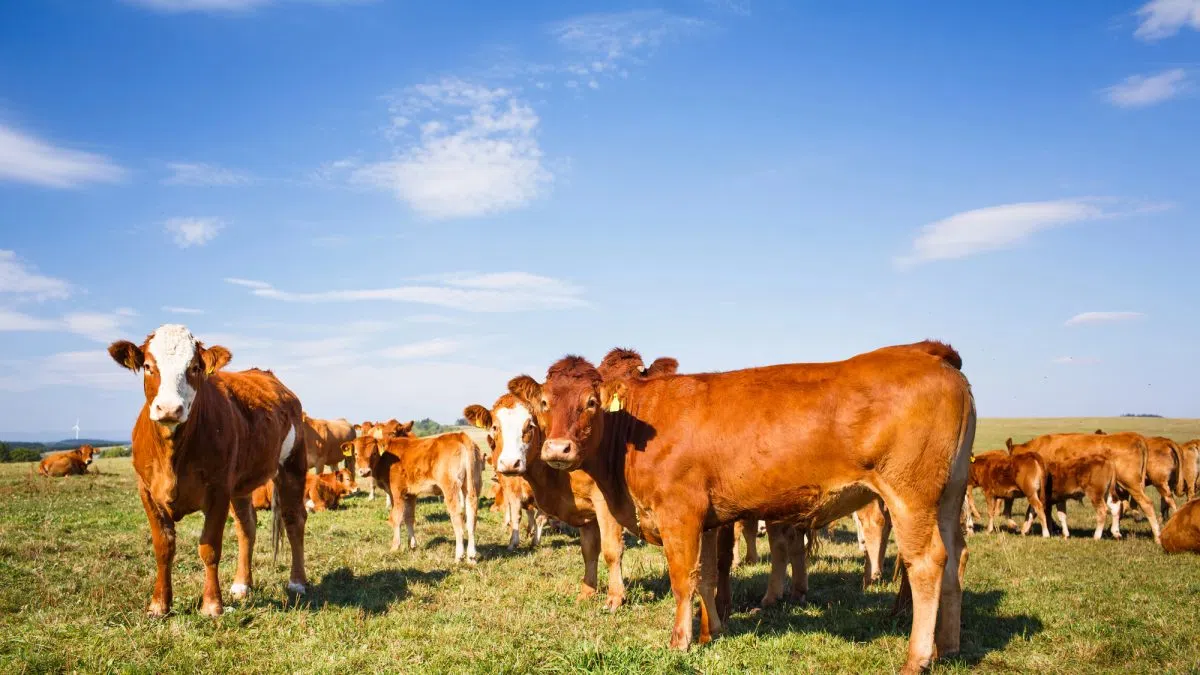- Weekend Rounds
- Posts
- Radiologists take position on AI
Radiologists take position on AI
Plus: Why government veterinarians matter
Hello 👋
Welcome back to another edition of Weekend Rounds!
Artificial intelligence just got the official nod (and side-eye) from the radiologists: the ACVR and ECVDI dropped a joint position on AI in imaging, and we are biased but its pretty pretty great. Their message? AI isn’t here to take over — but it is here, and it needs to be safe, tested, and used wisely. We’ve got it here for you, plus we rounded up the rest of this week’s vet news so you don’t have to doomscroll Vet Twitter.
Here’s what we’re covering:
☢️ Radiologist’s position on AI
🏛️ Why veterinary government workers matter
🚀 Quick hits

☢️
The ACVR and ECVDI Position on AI
This one feels a bit like tooting our own horn, but with AI being all the rage we think this needs to be shared as far as possible. Obi co-founder Ryan Appleby has helped draft the American College of Veterinary Radiology (ACVR) and the European College of Veterinary Diagnostic Imaging (ECVDI) position on artificial intelligence which is now available in JAVMA. This position lays the foundation for ethical and safe adoption of AI in veterinary diagnostic imaging and radiation oncology.
The Position
The ACVR and ECVDI support the development and use of ethical and transparent AI in veterinary diagnostic imaging and radiation oncology applications. The colleges acknowledge the potential positive transformational power of AI.
To best support veterinary teams and ensure patient safety, AI should be developed in accordance with the guiding principles of good machine learning practice. In doing so, AI systems should adhere to the guiding principles of transparency for machine learning–enabled medical devices.
The ACVR and ECVDI believe that AI systems should always be used with a qualified veterinary professional in the loop. In veterinary diagnostic imaging, board-certified radiologists are best suited to evaluate the output of computer-aided diagnostic tools. The same is true of board-certified radiation oncologists for evaluation of computer-assisted strategies in the planning, delivery, and quality assurance of radiation treatments for animals.
Artificial intelligence systems that do not ensure safe and secure handling of patient data; do not provide transparency of their underlying methodology, training, and testing sets; do not allow postimplementation monitoring as defined by good machine learning practices; and do not allow transparency for machine learning–enabled medical devices should not be used in veterinary practice. There is currently no commercially available product for diagnostic imaging that meets these standards.
The ACVR and ECVDI support ongoing research and encourage the publication of both internal documentation and external validation of AI tools in high-quality veterinary journals, including that of our colleges, Veterinary Radiology and Ultrasound.
The ACVR and ECVDI urge the need for unbiased, third-party evaluations of AI tools to establish trust and ensure that these technologies meet the highest standards of clinical effectiveness.
Veterinarians should exercise caution when using AI in diagnostic imaging and must understand the limitations of the systems they are using. The legal responsibility of decisions made from any AI system has yet to be determined but is likely to have some degree of responsibility for veterinarians themselves rather than developers of the AI alone.
🏛️
Why government veterinarians matter
Dr. Laurie Gage, a retired federal veterinarian, dedicated over 20 years to the USDA's Animal Care division as a Veterinary Medical Officer, focusing on zoological species and marine mammals. She played a crucial role in training inspectors on animal husbandry, nutrition, handling, and veterinary care, and served as a subject matter expert in legal proceedings related to the Animal Welfare Act (AWA). Dr. Gage expressed concerns about recent workforce cuts and hiring freezes in a recent article for VIN News. Dr. Gage believes the cuts threaten animal welfare and the effectiveness of the Animal Care division. The division is responsible for ensuring the humane treatment of animals under the AWA and Horse Protection Act through inspections, education, and outreach, covering over 10,000 facilities, including zoos, aquariums, and research facilities. The reduction in inspectors has led to fewer documented citations and investigations, potentially compromising animal welfare. Additionally, the recent rule expanding welfare standards for birds has further strained the already limited resources. Dr. Gage is worried about the future of Animal Care, as further cuts and the loss of experienced inspectors could lead to inadequate veterinary care and neglect of animals.
🚀
Quick Hits
Here are some of the other stories that caught our eye and we're following this week from around the veterinary world and animal kingdom:
How did we do today?Tell us what you thought of this edition of Weekend Rounds so we can keep improving! |









